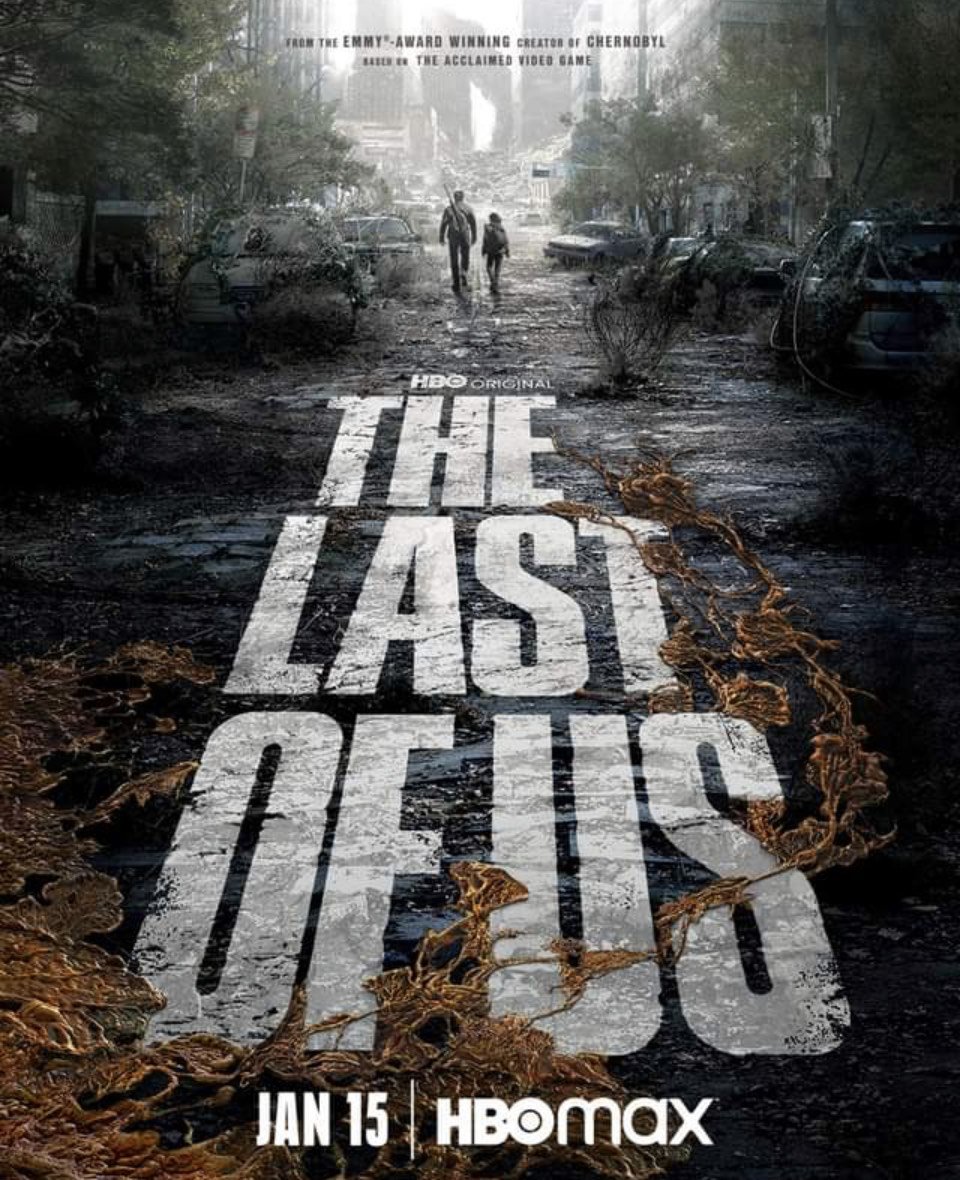Epic survival horror series measures up to legendary Last of Us
After a long and lamentable litany of video game adaptations, The Last of Us (HBO) faced a cynical audience from its inception. Not only could this show become yet another victim of the supposed “curse” plaguing adaptations, but it also ran the risk of alienating a horde of die-hard fans of one of the biggest games of the past decade. Released in 2013 by Naughty Dog, Last proved a massive success, going much deeper than just zombie survival. It had incredible visuals, acting, and a memorable soundtrack, all culminating in an impactful game narrative that tugged on people’s heartstrings. Fear not gamers! Episode 1 of this brilliant adaptation by Neil Druckmann and Craig Mazin fully immerses viewers into a world of apocalyptic horror still driven by the human heart.
In a post-apocalyptic world under military dictatorship, Joel (Pedro Pascal, The Mandalorian), a carpenter turned smuggler who lost his daughter at the start of the outbreak, takes Ellie (Bella Ramsey, Game of Thrones), an assertive, bad-mouthed child, across the country to the base of the Fireflies.
The Fireflies are a rebel militia group fighting against FEDRA (The Federal Disaster Response Agency), one of the last remains of the pre-outbreak United States government. Marlene (Merle Dandridge, Station 19) has been keeping tabs on Ellie, who happens to be immune to the infection ravaging the planet, hoping to use her to reverse engineer a cure.
Along Joel and Ellie’s cross-country trip, they face dangers - both of the infected and human variety. While HBO is walking a delicate line, taking slight creative liberties and adding occasional additional scenes, they are so far staying true to the source material.
The first episode added an extra 20 minutes of runtime for Joel’s daughter, Sarah (Nico Parker, Dumbo), allowing the audience to further connect with her before her devastating death. The scene is one of the biggest in the entire show, a true test for the series’ future, and Druckmann and Mazin nailed it. The premiere was the network’s second largest, with 4.7 million viewers, beaten only by House of the Dragon.
Deepening the backstory of the original game release, the show begins with a particularly haunting scene set in the 1960s. During a talk show, two scientists discuss the possibility of an impending pandemic. One places his bet on fungus being the root cause, then describes a real virus affecting insects, especially ants. The scene is a definite tone setter as the scientist describes how cordyceps (or the “zombie-ant fungus”), releases spores that break down an insect's exoskeleton, eating away at the host, and altering its behavior. The scene successfully draws viewers in and establishes gravitas and a haunting sense of foreshadowing.
The Last of Us posits this virus erupting and being passed to humans in 2003; the infection has four stages: runner, stalker, clicker, then bloater. As time passes, they develop and grow, losing control over their body, increasing in strength, and morphing further into their fungi-like appearances. In the first episode, the runners, though still fast and intimidating, are particularly clumsy, adding some much needed levity to the darker scenes of the show.
The show and game lean heavily into classic tropes from zombie franchises. Similar to the early seasons of The Walking Dead, The Last of Us discusses whether or not the hosts are still present, and, at least during the runner stage, that’s true. When not attacking someone, runners are crying out in pain, actively aware of what they are doing, but without any power to control it.
So far, the show has included many small Easter eggs and callbacks to the games, as well as including the original soundtrack, written by Gustavo Santaolalla, a great way to draw in players while entrancing new audiences. Music also generates effective foreshadowing, with different decades holding different meanings based on their radio code system.
There was a lot of controversy over Ellie’s casting, not because of talent or characterization, but because they just don’t look like her, to the point of degrading their appearance. Regardless, Ramsey does an amazing job playing Ellie, successfully bringing out her mannerisms and personality.
What matters with this adaptation isn’t how much the actors resemble their characters, it’s the heart of the story. Last of Us honors the game, even whilst carving its own path.
Rating: A
Blurb: Despite audience apprehension, The Last of Us holds true to the original source and still brings in new scenes, creating an all around enjoyable experiences for new or old fans
by Addi Isely
Published January 30, 2023
Oshkosh West Index Volume 119 Issue 4
